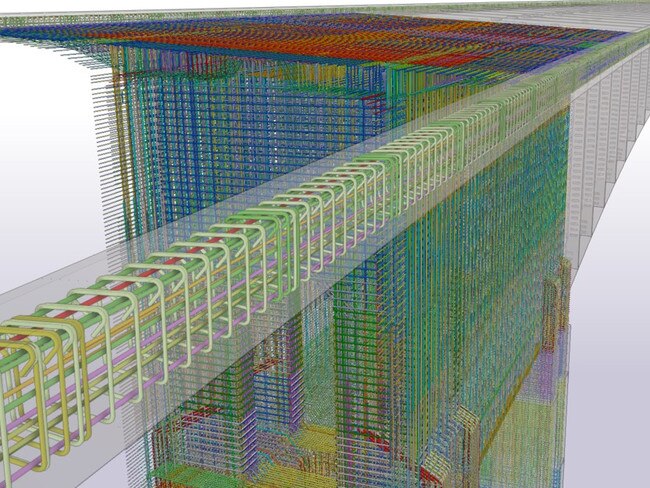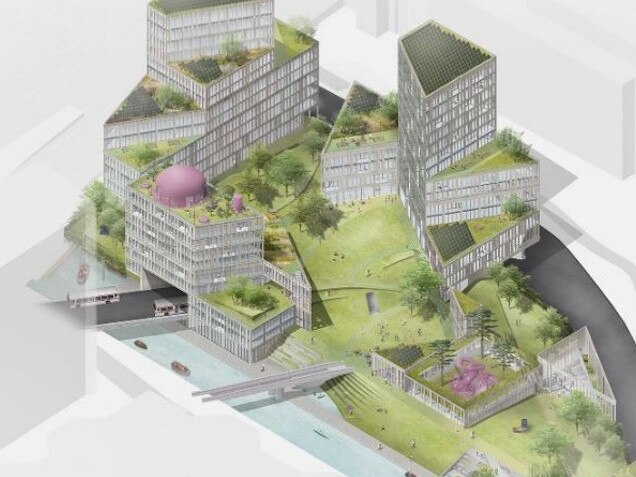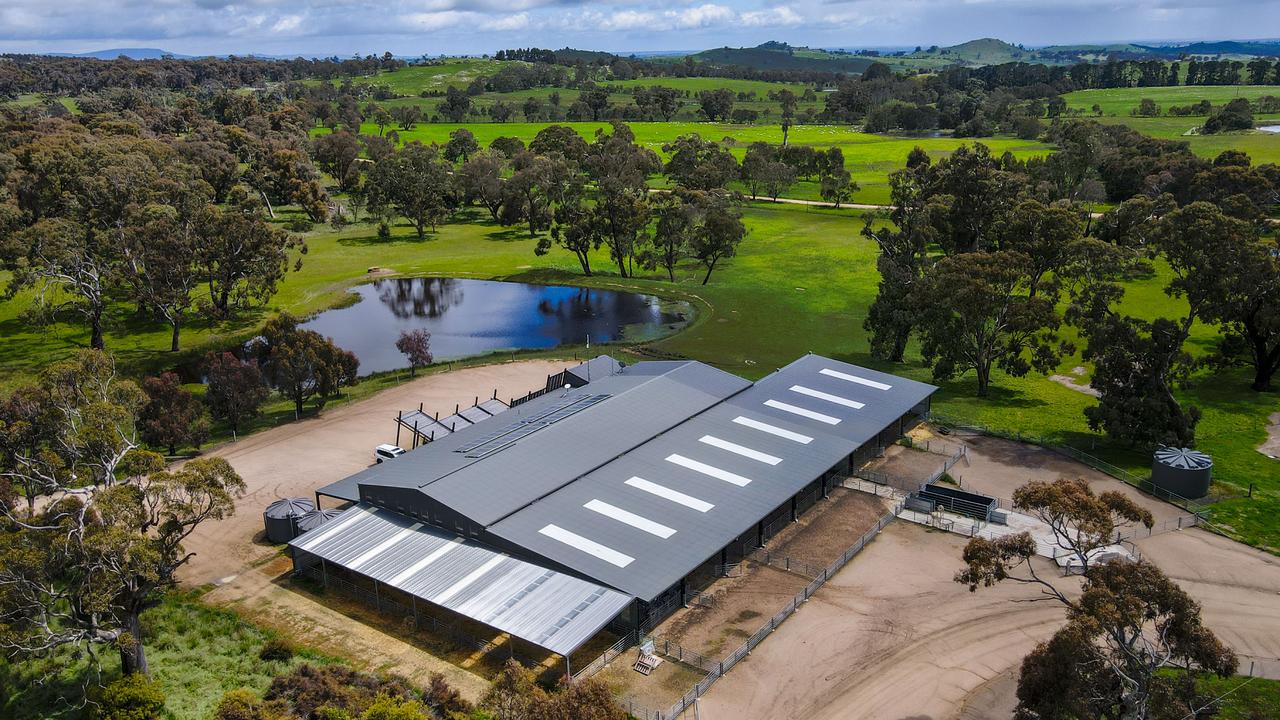Artificial intelligence, robotics could boost productivity and save millions a year on infrastructure costs
Infrastructure Victoria has identified five digital technologies that are “ready now” and could be rolled out to major sites in order to save $330 million a year in costs and boost productivity.

Victoria
Don't miss out on the headlines from Victoria. Followed categories will be added to My News.
Using robots to check pipe leaks and asking artificial intelligence to help build schools are among measures that would save $330 million a year in infrastructure costs, a new report shows.
Infrastructure Victoria has identified five digital technologies that are “ready now” and could be rolled out to major sites in order to boost productivity and slash costs.
The annual savings, worth enough to build several new schools and kindergartens each year, would rise to an eye-watering $8.1 billion a year by the middle of this century.

Infrastructure Victoria’s chief executive, Dr Jonathan Spear, said wider use of digital technologies offers big savings at a time when finances are tight.
“There are proven technologies, ready now, that can transform how infrastructure is designed, built and maintained,” Dr Spear said.
“Wider use of digital technology across government infrastructure can save money, boost productivity and improve worker safety.”
Sending robots to inspect water infrastructure would slash maintenance budgets by 10 per cent a year, while boosting safety by reducing dangerous tasks, the report says.
It says there would be a productivity gain without shedding jobs, pointing to the use of artificial intelligence for school and kindergarten building – for example by running through design options to assess the best available – that would free humans for other tasks.


Ground penetrating radar could reduce the 6100 occasions a year water, energy or communications infrastructure is hit by diggers on major projects, while 3D modelling for bridges and buildings would allow for seamless construction at different stages of projects.
The new report recommendations will be incorporated into the agency’s next 30-year infrastructure blueprint, due to be updated early in the new year.
It looked at 25 existing technologies before whittling the list down to five that are described as near term prospects.


Dr Spear said that the government could play a lead role in the take-up of new technologies that would boost productivity, by including requirements in their procurement models.
“When applied to billion dollar projects, the savings are significant,” he said.
Across the education infrastructure sector, the report estimates a $9bn annual boost from changes by the end of the 30-year strategy.
Some of the digital technology is being used interstate, such as the water sector robotics for maintenance, while geospatial mapping for emergency management has been used to reduce bushfire risk.
“Digital technologies can help deliver infrastructure smarter, safer and cheaper,” Dr Spear said.
More Coverage
Originally published as Artificial intelligence, robotics could boost productivity and save millions a year on infrastructure costs




